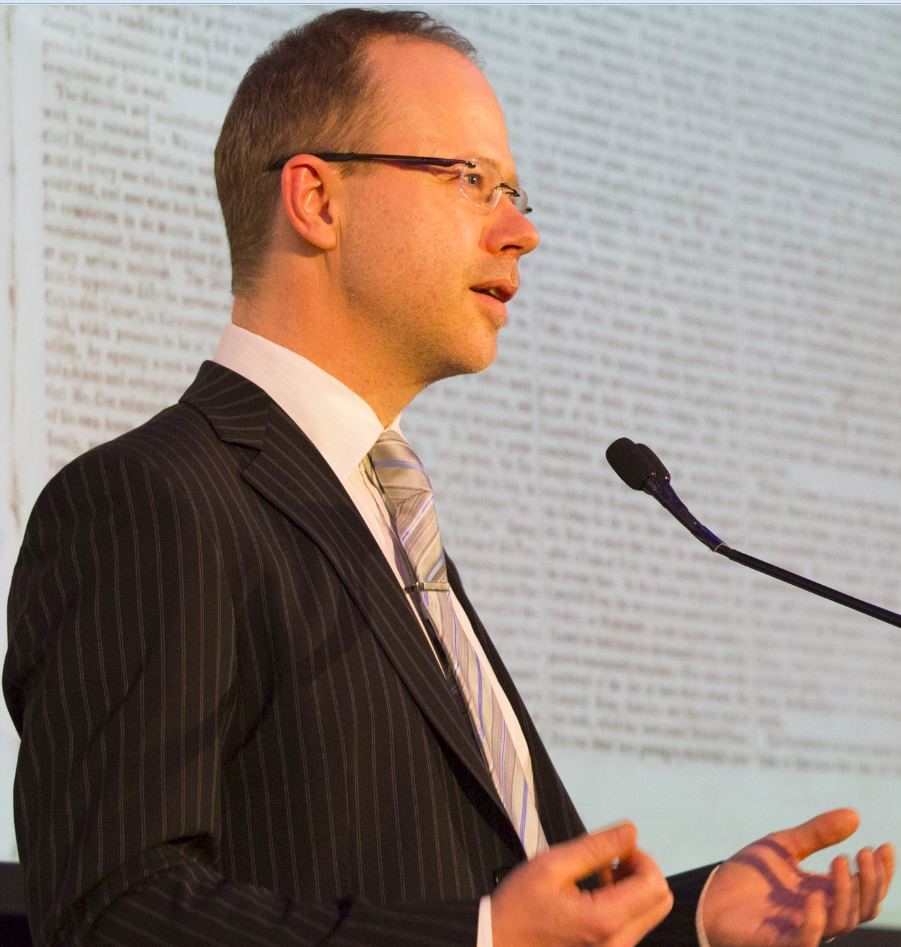» Next Entries
The Archives
-
Communication and Media Studies, Cultural Studies, Humanities, Life Writing
Saving Lives: Digital Biography and Life Writing
25.02.09 | Permalink | Comments Off on Saving Lives: Digital Biography and Life WritingIn this first decade of the twenty-first century we are caught up in the midst of a technological shift of the kind that Walter Benjamin, in his 1936 essay ‘The Work of Art in the Age of Mechanical Reproduction’, attributed to the increasing popularity of photography in the early twentieth century. The essence of that change was the unprecedented capacity to create infinitely reproducible multiple copies. For the first time the idea of the primacy of the singular work of art was seriously open to question. ‘The history of every art form,’ writes Benjamin, ‘shows critical epochs in which a certain art form aspires to effects which could be fully obtained only with a changed technical standard, that is to say, a new art form’. Photography initiated a change that Benjamin recognised as being as profound in its impact on people’s lives as the introduction of the printing press.
-
Communication and Media Studies, Cultural Studies, Literary Studies
Digital Fabric, Narrative Threads
25.10.08 | Permalink | Comments Off on Digital Fabric, Narrative ThreadsThe traditional crafts of quilting, embroidering and weaving may appear to be a world away from the high tech fields of computer networking, digital interface design, and database development. However, the old and new are increasingly being linked through metaphors that reveal a great deal about changing attitudes to digital technologies as they become more established and widely accessible […] Today’s communication networks are structured around “patchwork” designs, software glitches are fixed with “patches,” computer processors are being described as “multi-threaded,” and over the past decade other “material metaphors” have been embraced as a means of conceptualising and giving form to our new world of amorphous digital texts. In particular, the quilt motif has been used in a variety of ways, including as a means of visualising interaction and information flows and as a template for digital interface design.
-
Communication and Media Studies, e-Research, Historical Studies, Humanities
Participating in the Past
25.03.08 | Permalink | Comments Off on Participating in the PastThe profile of oral history research has grown dramatically over the past two decades. One of the reasons for this is that there has been a diversification of modes of public access and delivery. The increasing use of digital media means that oral histories are now reaching far greater audiences, and these histories are being presented in more direct, more stimulating and richer ways than have before been possible. In fact, the digital revolution is rapidly transforming history as a genre and set of practices, and oral history is a key player in this process. Because oral histories lend themselves to digital forms of delivery much more readily than conventional, text-only, representations of history, oral history has come to be a central focus for digital history researchers.
-
Communication and Media Studies, Cultural Studies, e-Research, Humanities, Life Writing
Digital Lives
25.01.08 | Permalink | Comments Off on Digital LivesThe aim of the Interactive Histories research program is to seek ways of using interactive media for experimental content delivery in projects with a broadly historical focus. The focus to date has been on oral history projects (including virtual tours of heritage sites, museum installations and multimedia documentaries) and on theoretical research investigating emerging frameworks for historical representation enabled by interactive technologies. Planned projects include digital storytelling in local communities and the development of Indigenous and cross-cultural digital resources. Central to the two projects being presented here is the production of multimedia works designed to maximize public access to oral history material.
» Next Entries






